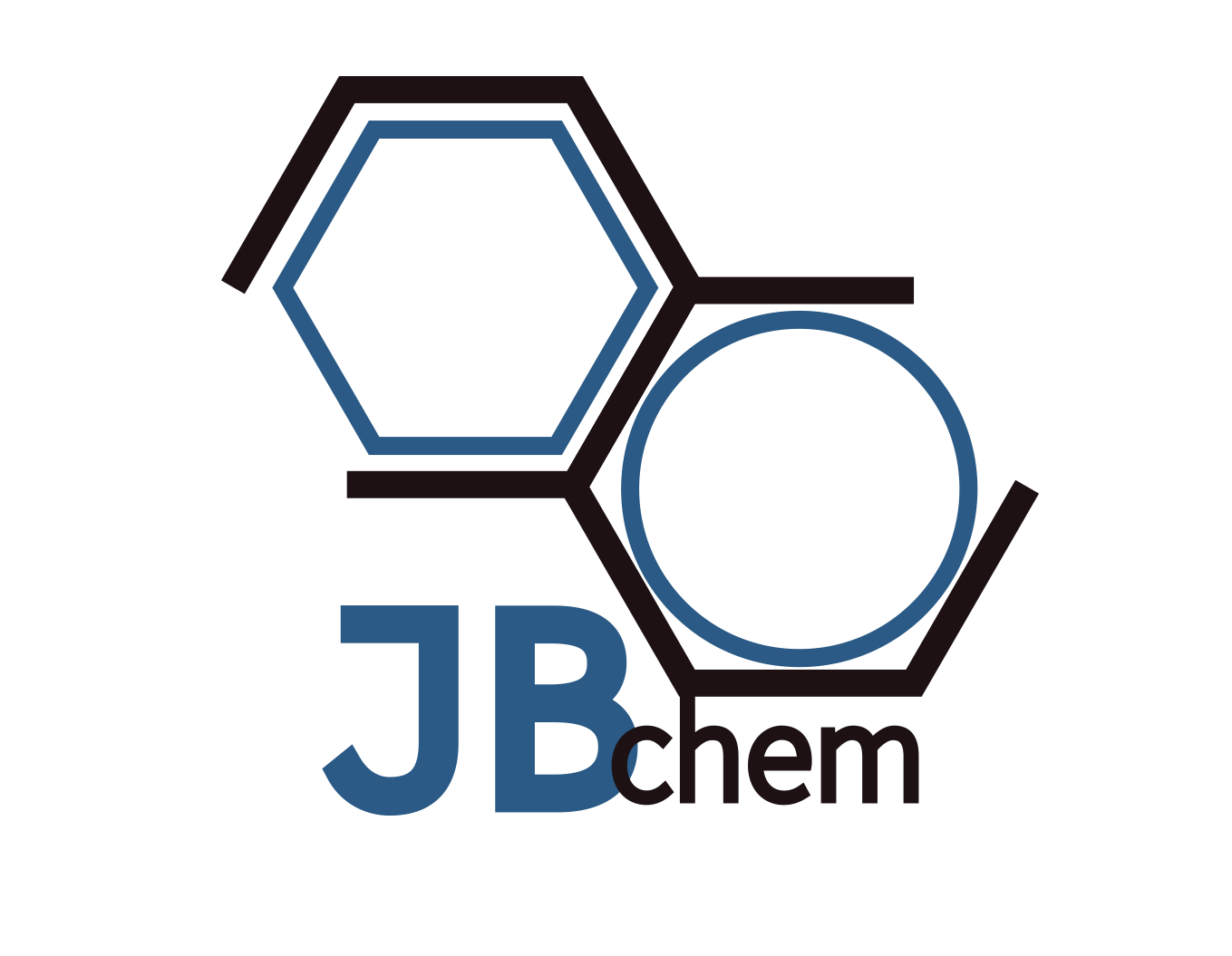Product Properties
Name: Terbium Chloride
Formula: TbCl3.6H2O
CAS No.: 13798-24-8
Molecular Weight: 373.29
Density: 4.35 g/cm3
Melting point: 558° C
Appearance: White crystalline
Specification of Terbium Chloride
| Products Name | Terbium Chloride | ||||
| Tb4O7/TREO (% min.) | 99.9999 | 99.999 | 99.99 | 99.9 | 99 |
| TREO (% min.) | 45 | 45 | 45 | 45 | 45 |
| Loss On Ignition (% max.) | 0.5 | 0.5 | 0.5 | 1 | 1 |
| Rare Earth Impurities | ppm max. | ppm max. | ppm max. | % max. | % max. |
| Eu2O3/TREO | 0.1 | 1 | 10 | 0.02 | 0.03 |
| Gd2O3/TREO | 0.1 | 5 | 20 | 0.11 | 0.5 |
| Dy2O3/TREO | 0.1 | 5 | 20 | 0.14 | 0.34 |
| Ho2O3/TREO | 0.1 | 1 | 10 | 0.02 | 0.05 |
| Er2O3/TREO | 0.1 | 1 | 10 | 0.013 | 0.03 |
| Tm2O3/TREO | 0.1 | 5 | 10 | ||
| Yb2O3/TREO | 0.1 | 1 | 10 | ||
| Lu2O3/TREO | 0.1 | 1 | 10 | ||
| Y2O3/TREO | 0.1 | 3 | 20 | ||
| Non-Rare Earth Impurities | ppm max. | ppm max. | ppm max. | % max. | % max. |
| Fe2O3 | 2 | 2 | 5 | 0.001 | |
| SiO2 | 10 | 30 | 50 | 0.011 | |
| CaO | 10 | 10 | 50 | 0.01 | |
| CuO | 1 | 3 | |||
| NiO | 1 | 3 | |||
| ZnO | 1 | 3 | |||
| PbO | 1 | 3 | |||
Application of Terbium Chloride
Catalysis: Terbium Chloride can act as a catalyst in organic synthesis, including polymerization reactions and the synthesis of fine chemicals. Its catalytic properties stem from the ability of terbium ions to facilitate electron transfer processes and stabilize transition states.
Materials Science: In the field of materials science, TbCl3 is used as a precursor for the synthesis of terbium-containing materials. These materials, including oxides, sulfides, and other terbium compounds, have applications in electronics, optics, and photonics due to their luminescent and magnetic properties.
Phosphors and Luminescent Materials: Terbium Chloride is employed in the preparation of green phosphors. These phosphors are widely used in display technologies, such as LCDs, LEDs, and fluorescent lamps, benefiting from the bright green emission of terbium ions under ultraviolet or electron beam excitation.
Magneto-optical Devices: The compound is utilized in the development of magneto-optical materials, which are used in various data storage and optical communication technologies. Terbium’s magnetic properties contribute to the functionality of these devices, which can change their optical characteristics in response to magnetic fields.

